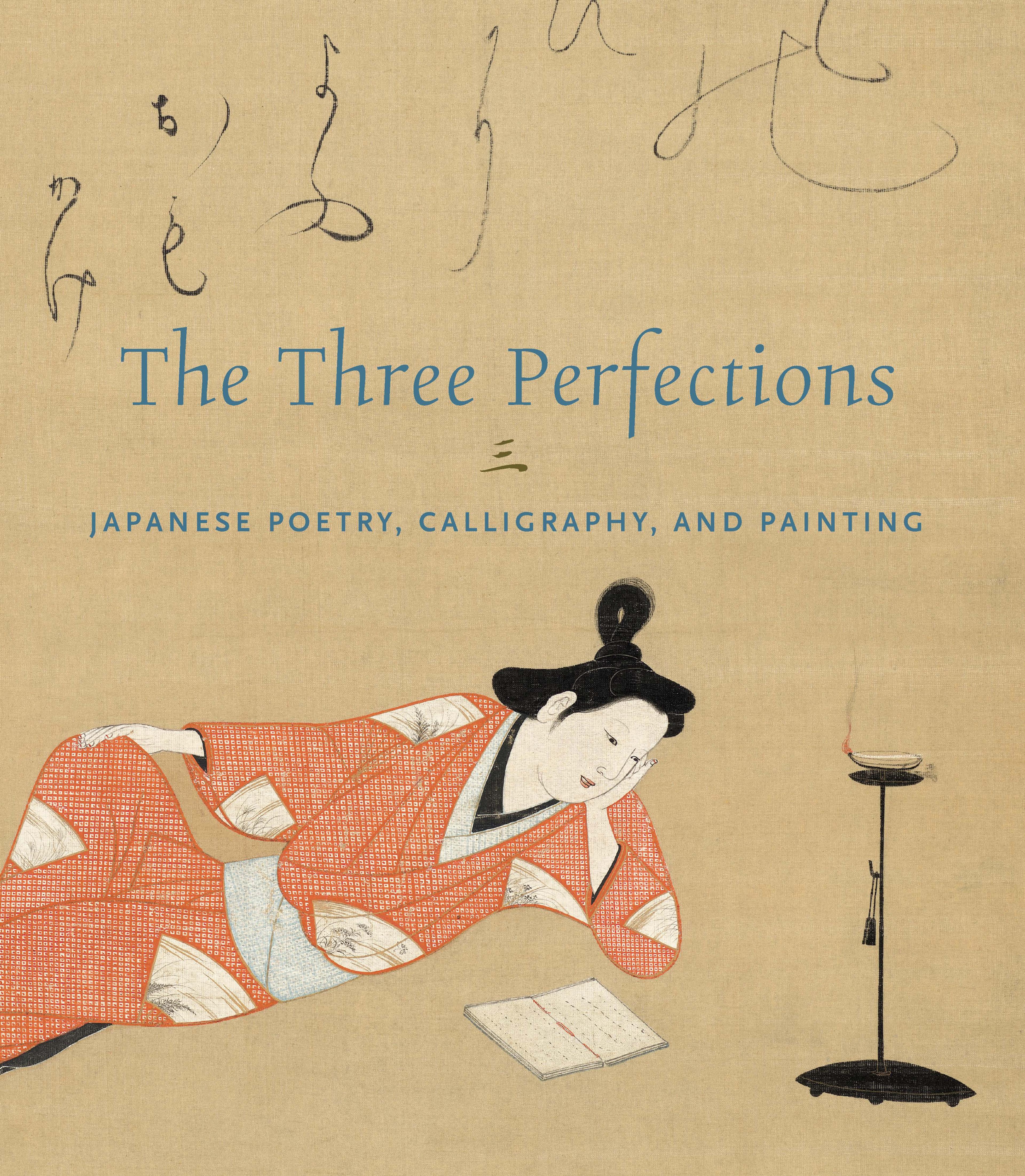After Ike no Taiga’s “Horse Market in a Mountain Village”
Stables appear nestled into a mountain landscape, surrounded by a vast herd of horses masterfully rendered using minimal brushstrokes and a reduced palette—soft gray and orange-red, with areas left unpainted to indicate white steeds. The horse wranglers, depicted in a similarly abbreviated style, merge with the crowd. This painting, along with its narrative inscription, is a faithful copy by Watanabe Kazan of Ike no Taiga’s renowned work Horse Market in a Mountain Village (1755), housed today in the Idemitsu Museum of Arts, Tokyo.
Born into a family of lower-ranking samurai, Kazan pursued painting from a young age, approaching it as a means of earning a living. He studied under several prominent painters of various schools in Edo, particularly Tani Bunchō (1763–1840).
Born into a family of lower-ranking samurai, Kazan pursued painting from a young age, approaching it as a means of earning a living. He studied under several prominent painters of various schools in Edo, particularly Tani Bunchō (1763–1840).
Artwork Details
- 渡辺崋山摸 池大雅筆 「山村馬市図」
- Title:After Ike no Taiga’s “Horse Market in a Mountain Village”
- Artist:Watanabe Kazan (Japanese, died 1841)
- Period:Edo period (1615–1868)
- Date:1820s
- Culture:Japan
- Medium:Hanging scroll; ink and color on paper
- Dimensions:Image: 57 5/8 × 23 1/16 in. (146.4 × 58.5 cm)
Overall with mounting: 85 3/8 × 29 1/4 in. (216.9 × 74.3 cm)
Overall with knobs: 85 3/8 × 31 11/16 in. (216.9 × 80.5 cm) - Classification:Paintings
- Credit Line:Mary and Cheney Cowles Collection, Gift of Mary and Cheney Cowles, 2020
- Object Number:2020.396.38
- Curatorial Department: Asian Art
More Artwork
Research Resources
The Met provides unparalleled resources for research and welcomes an international community of students and scholars. The Met's Open Access API is where creators and researchers can connect to the The Met collection. Open Access data and public domain images are available for unrestricted commercial and noncommercial use without permission or fee.
To request images under copyright and other restrictions, please use this Image Request form.
Feedback
We continue to research and examine historical and cultural context for objects in The Met collection. If you have comments or questions about this object record, please contact us using the form below. The Museum looks forward to receiving your comments.
